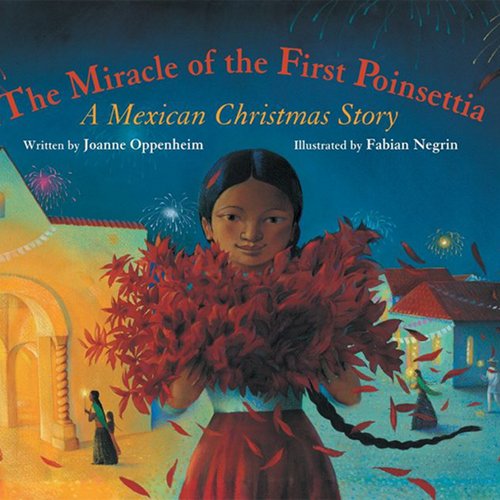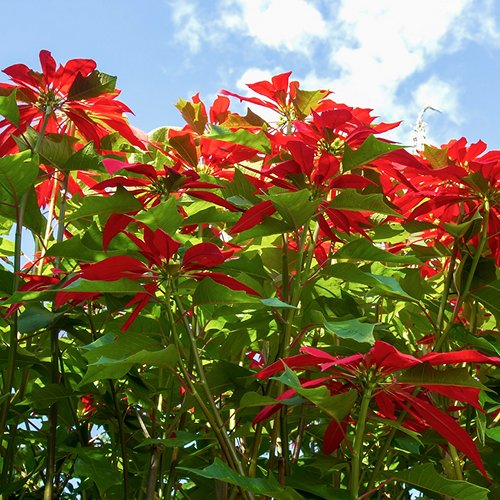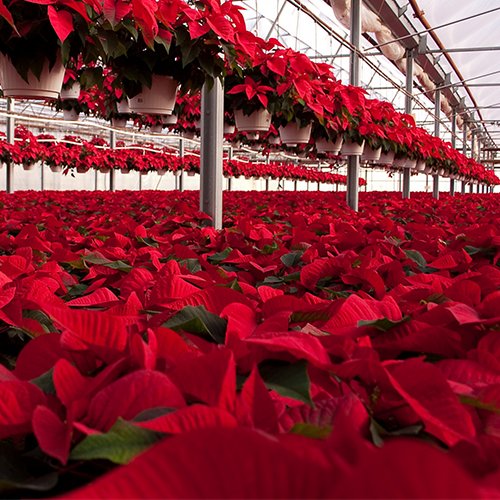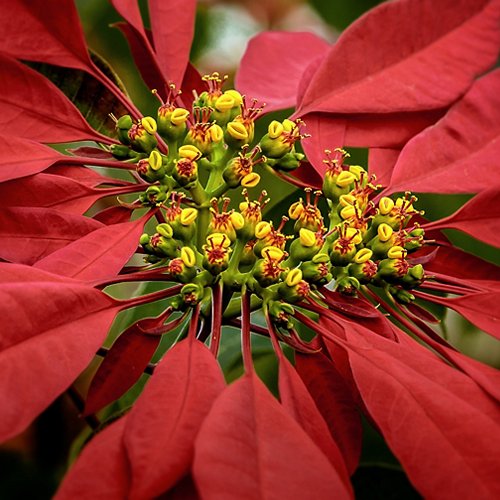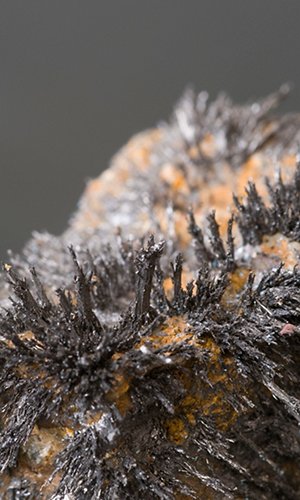Journey to the Centre of the Earth is a famous science fiction novel written by the great Jules Verne in 1864, as well as a series of films based on it, the first of them in 1959, with the same title. It tells of an underground world, in the depths of the Planet, where monstrous creatures, giant mushrooms and dinosaurs live. There is no sunlight down there, beneath the volcanoes and ocean floor, and yet, in the film there are pterodactyls gliding across a sky lit by the radioactive rocks of a cave so large that it contains an ocean. The novel is clearly the brainchild of the man who practically invented science fiction… But is it all really impossible?
The answer is no, and recent discoveries have revealed an underground world full of life forms that have never seen the sun. These are bacteria that teem miles below the Earth’s surface, far below the deepest of oceans. It is a dark and icy world which, according to Canadian researchers who are exploring it, is nevertheless immense, ancient and extremely rich in biodiversity.
But how do those bacterial cells survive in such extreme conditions with no sunlight and a perpetual shortage of organic matter to eat? The answer is simple and incredible: they live off radioactivity. Was Verne right? In a way, yes: deep underground there is a living community that thrives on nuclear processes involving the radioactive atoms in the rocks. Radiation does in the underground what the sun does on the surface by means of photosynthesis, that is it breaks the water molecule into its atomic components: hydrogen and oxygen, by a process called radiolysis. The phenomenon of water radiolysis was observed for the first time by Marie Curie at the beginning of the 20th century when she noticed how bubbles of hydrogen and oxygen developed from a solution of water and radioactive elements. Bacteria living in the depths are able to obtain energy from hydrogen. This is a mechanism that evidently works very well, in fact these simple and tenacious life forms have been found in rock samples taken from the beds of seas all over the world.
Research groups exploring deep life also include planetologists and astrobiologists, namely scientists who study what life on other planets might look like. The subsoil, in fact, is a natural laboratory for understanding how life could have developed on distant worlds, in conditions very different from those that we, surface earthlings, know very well.
By Andrea Bellati


